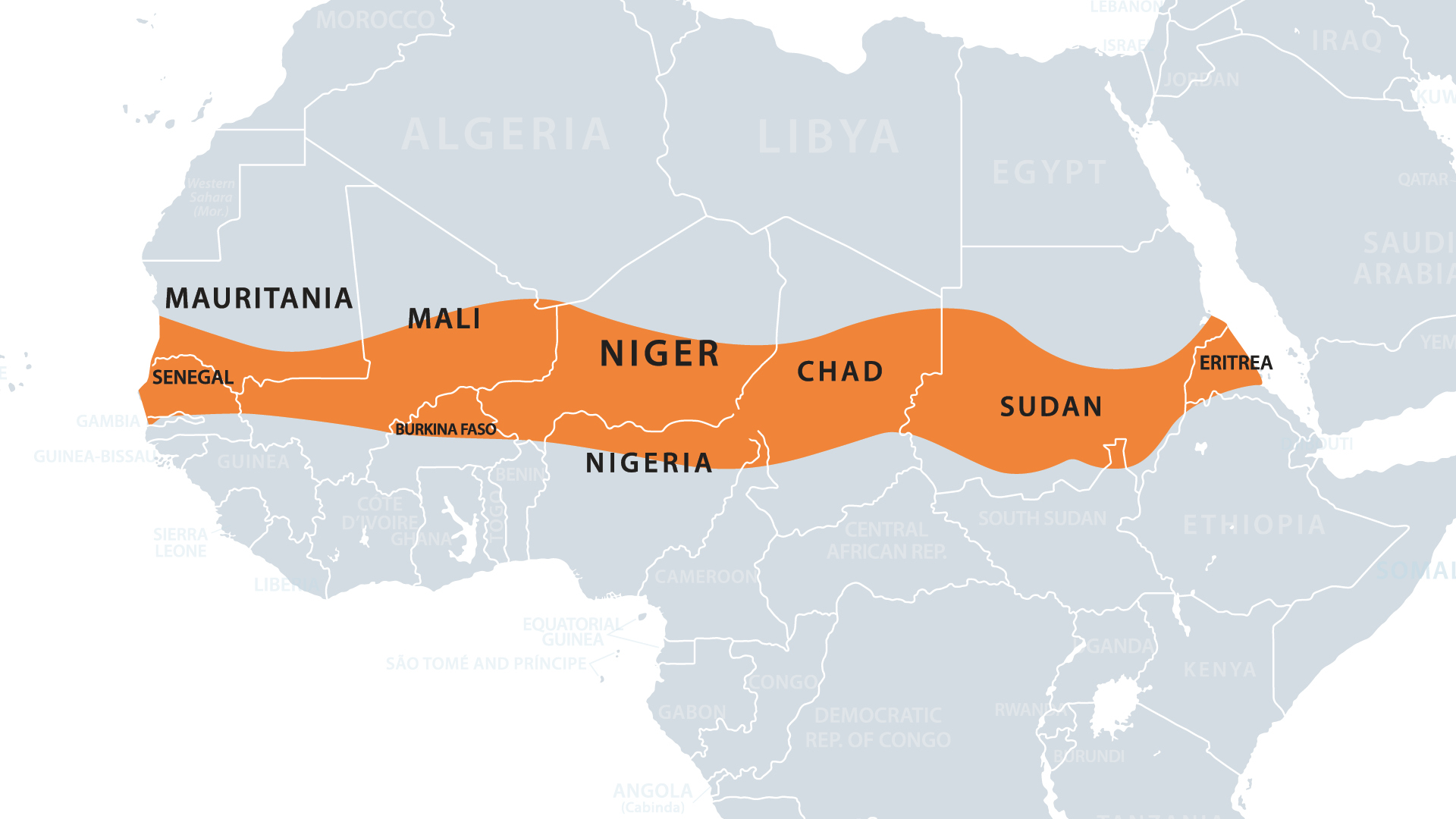How a series of coups in Mali, Burkina Faso, and Niger has brought to the fore a new “cold war” scenario in Africa. Jihadists, Russian mercenaries, American and French troops, alongside Iranian and Chinese investments, compose the framework of one of the globe’s most overlooked and conflict-ridden regions. In the sixth installment of the series “10 Crises of 2024,” iMEdD explains the enduring crisis in the Sahel and its geopolitical implications.
5. Haiti: The “cataclysmic situation” and gang violence

The 10 crises of 2024 – Explained: 5. Haiti: The “cataclysmic situation” and gang violence
Which region is called the Sahel?
The Sahel is the strip of land south of the Sahara Desert in Africa, stretching from the western to the eastern part of the continent. It begins in the west from the Atlantic Ocean coast—Mauritania and Senegal—and extends to Sudan, Eritrea, and the Red Sea in the east. Alongside these four countries, the Sahel region encompasses geographical areas of Nigeria, Chad, Burkina Faso, Mali, and Niger. The latter three countries have been at the centre of the crisis that has afflicted the region since 2012.

What are the roots of the crisis?
In July 2023, a military coup toppled the government in Niger, seizing power. This followed coups in Mali in 2021 and Burkina Faso in 2022. The coups were triggered by the escalating presence and armed activities of jihadist groups in the region, affiliated with al-Qaeda and/or the Islamic State, which have controlled parts of the territory in all three countries since 2012. The military leaderships that rose to power have advocated for direct military confrontation to counter the jihadist insurgency, alongside promoting an anti-Western stance, thereby creating space for Russia’s growing influence in the region.
Which foreign powers are involved in the Sahel?
France, the United States, and supranational organisations such as the United Nations and the European Union have maintained a military presence in the Sahel since 2013 in an effort to counter Islamist terrorist groups operating in the region. However, a decade later, military coups in Mali, Burkina Faso, and Niger have altered the dynamics. In 2023, UN peacekeepers were told to leave Mali, while Niger expelled both French and US troops from its territory. The US had established two bases in Niger, from which it conducted operations against terrorists and other targets throughout Africa. In December 2023, the last French troops exited Niger, following withdrawals from Mali and Burkina Faso. Four months later, in April 2024, the US announced the withdrawal of some 1,100 of its own troops from Niger.
The withdrawal of Western forces appears to pave the way for the rise of Russia in the region. Almost concurrently with the departure of US forces in early April, Russian military trainers arrived in Niger. Mercenaries from the Russian Wagner group are allegedly aiding the Malian army in its fight against jihadists and have established a presence in Burkina Faso. But it’s not just Russia. China and Iran are asserting their presence through investments in sectors like energy, infrastructure, and education, while Turkey is supplying Sahel states with drones.
Why is the region geopolitically important?
The Sahel’s strategic location and natural resources render the region both militarily and economically valuable. However, there’s another crucial aspect to consider. In November 2023, Niger’s military regime repealed Law 2015-36, which had been enacted under EU pressure to curb illegal migration from West African countries to Europe. Niger, particularly the city of Agadez, is viewed as a waypoint for numerous refugees and migrants from African countries to Libya—and from there to European shores. The implementation of Law 2015-36 significantly reduced migrant flows to Europe between 2015 and 2023, and its repeal appears to raise concerns within the EU.
How will the situation in the Sahel play out?
The military coups in the Sahel have driven the crisis in the region—ongoing for over a decade—into a new phase. According to data from the non-profit organisation Armed Conflict Location & Event Data Project (ACLED), this new phase also appears to be more violent. In 2022, deaths from political violence in Burkina Faso increased by 77%, and 150% in Mali, compared to the previous year. In 2023, conflict-related deaths in the central Sahel increased by 38%, while civilian deaths rose by 18%. As per the ACLED analysis, the core of the crisis in the Sahel lies in the activities of jihadist groups, whereas the military-centric approach advocated by the new regimes, coupled with the withdrawal of Western forces and the growing military influence of Russia, is expected to escalate the situation in 2024. Conversely, the involvement of China and Iran in the region complicates things even further, prompting the French newspaper Le Monde to declare that “The Cold War returns to the Sahel”.
Read all the Explainer texts of the series “The 10 Crises of 2024” here.
